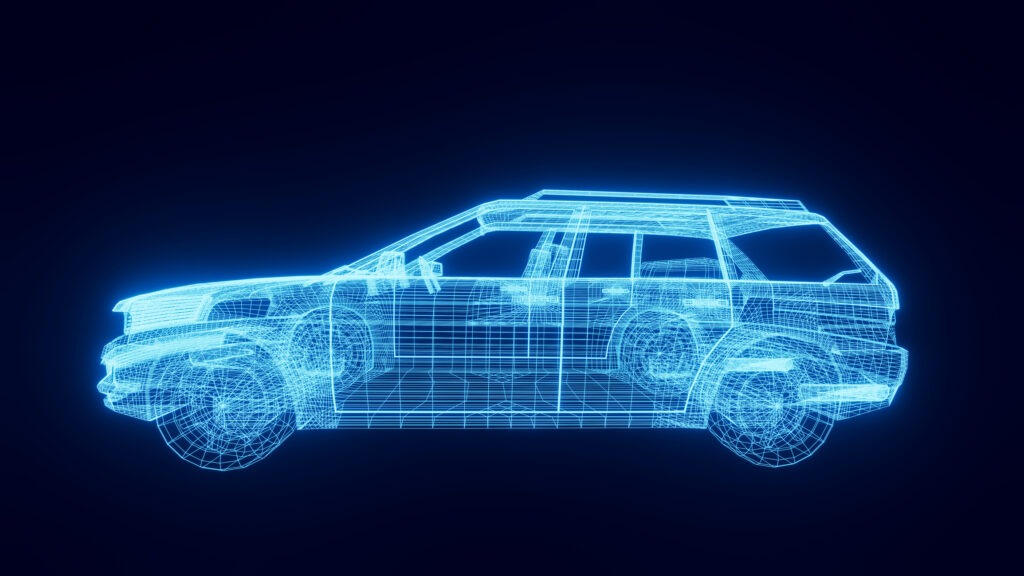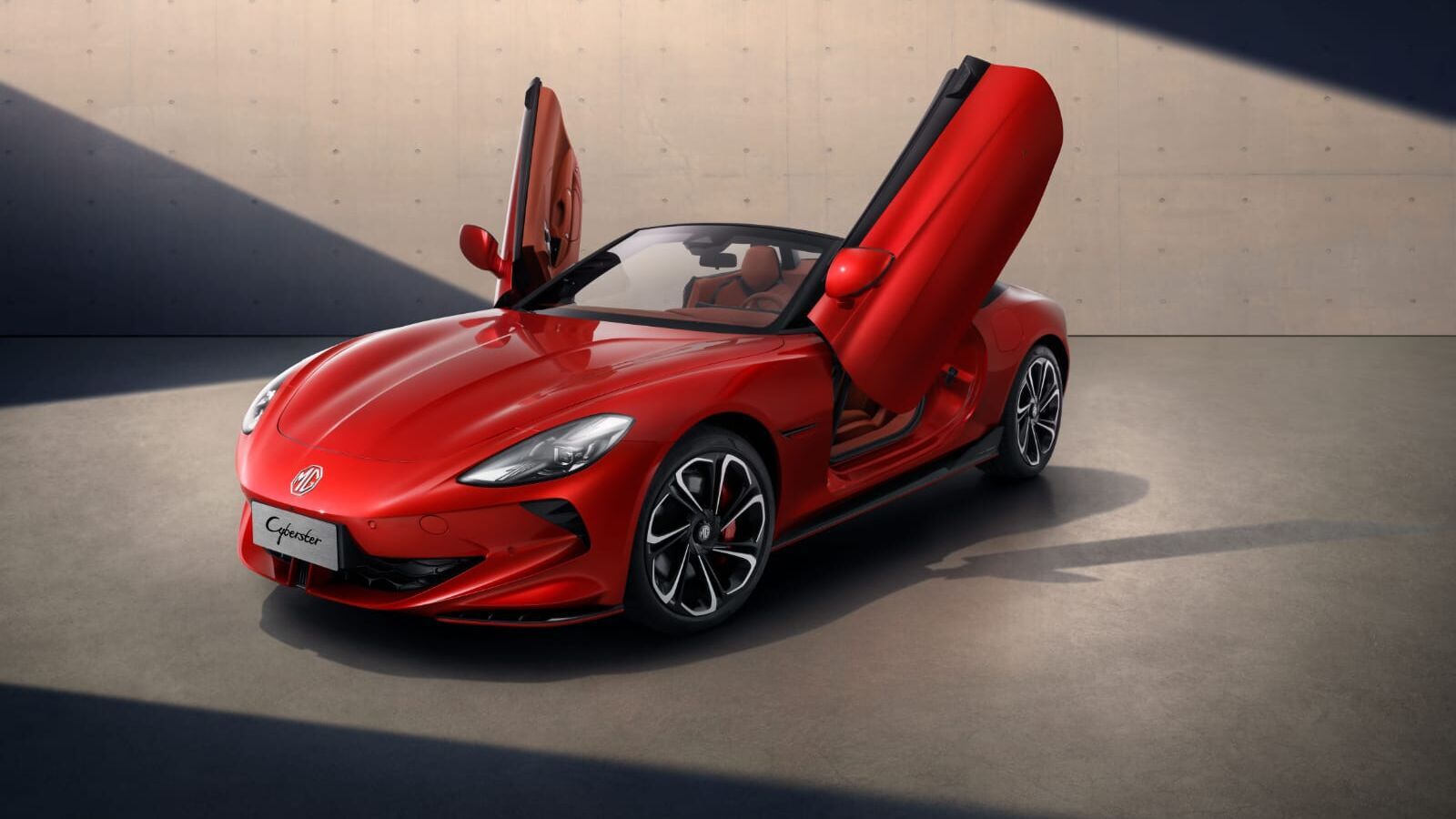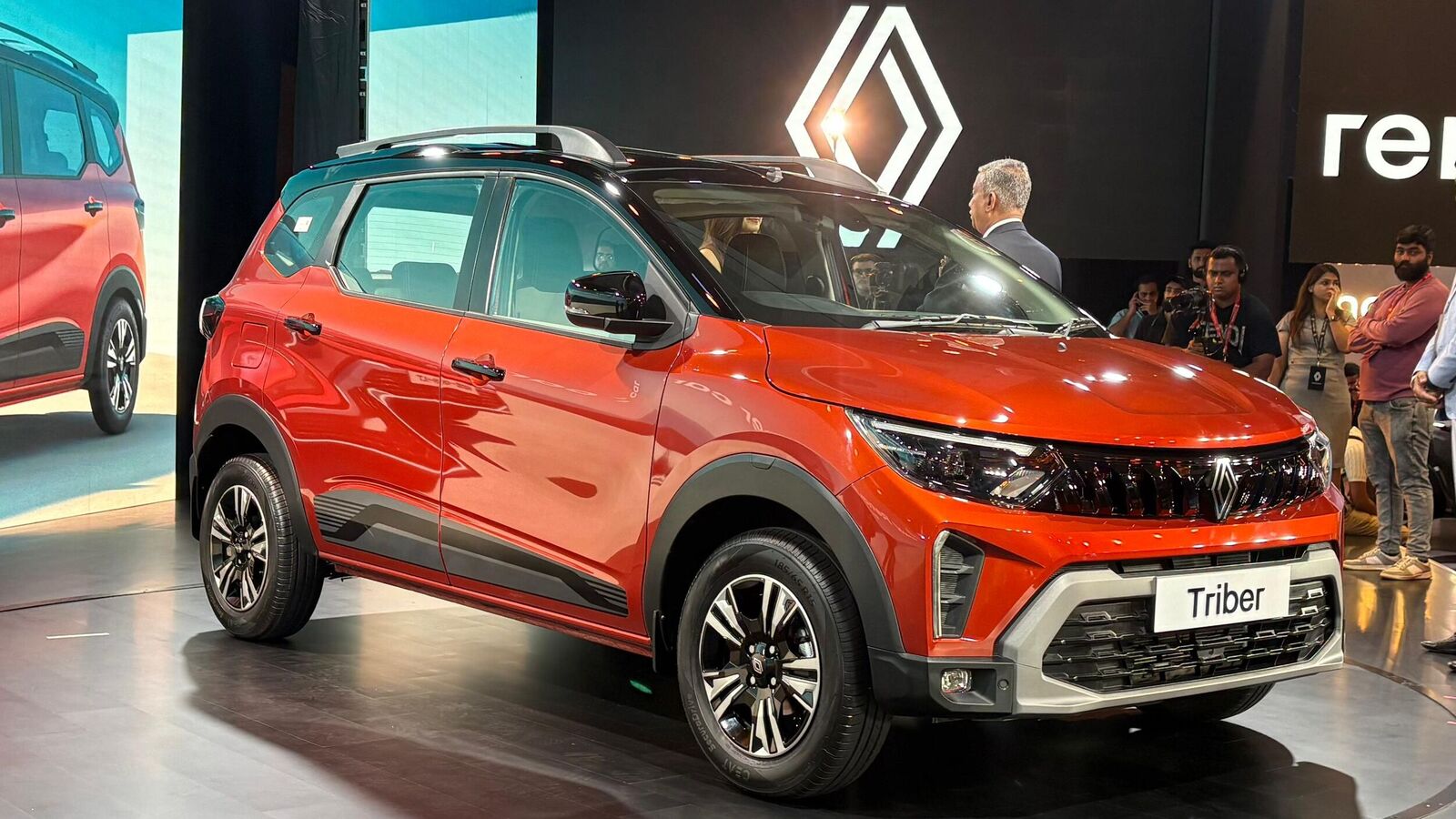23 July 2025

Once the popular family choice, the estate car has slipped from the spotlight, eclipsed by the rise of the SUV. But is its demise much exaggerated? Autovista24 web editor James Roberts takes a closer look.
Known by different names, such as an estate or station wagon, and with different body styles, such as shooting brake, Europe has been a popular market for the segment. These models are valued for their practicality, style, and comfort, with ample room for luggage, as well as multiple occupants.
In many used-car markets, estate cars retain a loyal following, with some models providing strong residual values (RVs). This fact is underpinned by the availability of large volumes of older petrol and diesel vehicles from multiple manufacturers.
In particular, Volvo, Saab, and Volkswagen Group (VW) estates, such as the Passat and Skoda Octavia, prove popular used-car choices. Key to their appeal includes reliability and robustness. Coupled with this, older estate cars are mechanically straightforward and inexpensive to service and repair.
‘The estate car used to be the only option for people that needed to transport larger items but did not want to sacrifice the versatility of an estate car by choosing a van,’ underlined Robert Redman, senior residual value analyst at Autovista Group. ‘Mobile engineers, travelling salespeople, used them for commercial purposes, plus families with dogs or several children welcomed the extra space.’
Estate car pioneers
In the middle of the last century, Volvo became synonymous with the estate car. The Swedish carmaker remains so, with the segment central to building Volvo’s reputation for practicality, safety, combined with an understated and attractive design language.

‘Volvo estate cars have always had a strong Europe-wide following,’ stated Redman. ‘They offer good specification, and often some of the largest load volumes. Estates from the big three German brands, Audi, BMW and Mercedes-Benz have always been popular, while Skoda has been very successful with the Octavia and the Superb, with the latter boasting one of the biggest boots on the market.’
Over the decades, Volvo estate cars have become sought after luxury vehicles, as well as family staples, appealing to a wide range of consumer needs and budgets.
However, things have changed, and Volvo’s priorities around the segment have shifted into the rear-view mirror. These changes echo wider automotive industry trends against the estate car.
Moving away from estate cars
In 2023 Volvo caused a stir by withdrawing estate and saloon models from the UK market. According to the company this was due to post-COVID-19 pandemic-related effects, including the global semiconductor shortage. This decision came amidst escalating industry-wide electrification shifts, emissions targets, and underlining a consumer shift towards SUVs and battery-electric vehicles (BEVs).
Despite the apparent negative market forces, in June 2024, Volvo reversed its decision to axe the estate car. This saw the brand’s V60 and V90 models return to the production line following a ‘resurgence in demand.’
However, it seems that the tide is against widespread new-estate car production. Rising demand for SUVs is the key factor eroding the demand for the segment.
This SUV-preference has proved a catalyst for other OEMs to move away from estate car production. Notably, Ford discontinued production of its hugely popular Mondeo, including saloon and estate variants in 2022. In the same year, Stellantis brand Opel, and its UK arm Vauxhall, also ended production of the Insignia estate.
SUVs to the front
According to the ICCT, in 2010, one in 10 new vehicles registered in Europe was an SUV. This compared to a ratio of nearly one in two in 2023. SUVs accounted for 51% of all EU new-car sales in late 2024, rising sharply from just 12% a decade earlier, according to ACEA.
In the UK, SMMT data reveals the biggest-selling SUV in the first half of 2025, was the Kia Sportage. In 2024 the model secured 20,846 registrations from January to June.
Factors such as consumer demand for a higher ride height, advanced safety features and comfort are central to SUV growth. On an OEM level, the drive for bigger profits has dovetailed with consumer preference to point the trend away from estate car production.
Prior to the proliferation of SUVs, some estate cars offered the best of both worlds. These ‘crossovers’ included the Audi A6 Allroad, Subaru Outback, and Volvo V70 Cross Country. These vehicles offered the comfort and capability more aligned with an SUV.
‘Drivers are rejecting saloons and estates in favour of SUVs, which largely did not exist back in the 1990s, when dad drove a Ford Mondeo and mum had an old Peugeot 205,’ stated Stuart Masson, editorial director at consumer website The Car Expert.
‘SUVs are generally no longer or wider than equivalent saloons or estates, and they are certainly no roomier inside. But their extra height and bulked-up styling makes them feel larger.’
‘The real challenge to estate cars came with the growth in popularity of SUVs and crossovers,’ affirmed Redman. ‘These seem to have become almost the default choice for many, and the fact that virtually all manufacturers, even the very high-end luxury or sports car ones, have succumbed to this trend means that all levels of customer are catered for. Now, what used to be a relatively high-volume body shape has become almost a niche choice.’
Electrification killing off estate car demand?
The ongoing shift towards electrification is a further sapping impact on the estate car segment. This is also partly the reason behind the lean towards SUV production.
The larger body dimensions of SUVs are better suited to the weight of electric vehicle (EV) batteries and related BEV components. The choice of new electrified estates, or lack of, underlines the apparent shift away from these cars. Alternatively, the wide range of electrified SUVs available in multiple markets, spanning BEVs, plug-in hybrid (PHEVs) and full hybrids (HEVs) is a stark contrast.
BMW only offers one new BEV estate car in the shape of the i5 Touring. Similarly, VW’s sole BEV estate model is the Volkswagen ID.7 Tourer. Meanwhile, Stellantis’ BEV offering spans two vehicles: the Peugeot e-308 SW, and the Opel/Vauxhall Astra Electric Sports Tourer.
Despite a small market share, estate cars are an increasingly popular PHEV option for carmakers. Most major OEMs offer a PHEV variant of flagship estate vehicles. These include the VW Passat e-Hybrid, Skoda Superb iV Estate and BMW 330e Touring.
‘Traditionally, estate cars were working cars so tended to have either diesel or larger capacity petrol engines in keeping with their load carrying duties,’ underlined Redman.’ More recently, the move away from diesel has seen more petrol and hybrid powerplants, and we are now seeing the launch of BEVs as well. Essentially, they are mirroring their saloon, hatchback and SUV siblings when it comes to power source.’
Electrified estate comeback?
Despite the apparent wholesale move away from new estate-car production, is an electrified comeback on the cards?
Mercedes-Benz has unveiled its first BEV estate. Built on the company’s Mercedes-Benz Modular Architecture platform, the second-generation CLA shooting brake will have a range of up to 473 miles (758km).
Perhaps more disruptive and significant, BYD has rolled out an electric estate car under the badge of sister brand Denza. Hot on the heels of the Mercedes-Benz announcement, the Chinese carmaker confirmed its Denza Z9GT shooting brake.
Slated to be available in Europe from 2026, this will be Denza’s first model launch in the continent. In the context of overwhelming SUV market dominance, it is a bold choice from the brand to debut with an estate car. However, further significance can be linked to BYD’s wider charging infrastructure plans.
According to Autocar, the Denza Z9GT will be the first car compatible with BYD’s new megawatt chargers. Already implemented in China, the brand’s ‘flash charge’ functionality is considerably quicker than existing chargers. The technology could add 249 miles of range in five minutes.
Used-car market appeal
In Germany, the EU’s largest automotive market, the most popular estate models spanning segments C, D and E include the Audi A4 Avant and Passat Variant. These vehicles have the highest share of the market for three-year-old cars.
‘SUVs have gained market share over the last few years, while estate cars and hatchbacks have lost ground’ stated Robert Madas, regional head of valuations for Autovista Group. ‘However, with regards to used-car values, the trend is rather unchanged in recent years, and on average SUVs perform better in terms of RVs expressed as a percentage of their list price %RV than estate cars.’
‘The higher volumes of used-estate cars can lead to somewhat greater pressure on residual values. At 36 months and 60,000km the Audi A3 Sportback and Skoda Octavia perform particularly well with average RVs presented as a percentage of original list price above 50%.’
In the UK, estate cars enjoy relatively strong RVs. These have been propped up by their enduring and established practicality as a used-car option. The range of used estate cars offer a more affordable, but equally practical alternative from a newer SUV.
‘Used estate cars have always held a premium over their hatch back or saloon equivalents, and they continue to do so.’ stated Redman. ‘Their relative scarcity has undoubtedly helped that, as there is still demand for them from people who want the practicality but wish to avoid the bulk and additional cost of an SUV. Indeed, the most practical load carriers on the market are still the estate cars.’
Wider European estate popularity
As the wider European new-car market continues to struggle in 2025, Spain has proved an exception. May 2025 saw a ninth consecutive growth for new-car registrations in the country. The used-car market mirrored this, growing 3.7% between January and April.
Amid relative market stability, Spain is not a hot-bed of estate car popularity. Once again, SUVs eclipse any notable uptake.
‘It does not align well with Spanish demand’s preferences. These vehicles generally account for just 3% of new-car market share In recent years, and the already limited demand for estate cars has further shifted towards SUVs,’ said Ana Azofra, regional head of valuation and insights at Autovista Group. ‘The most popular models have traditionally been German, such as the Audi A4 and A6 Avant, the VW Passat Variant, the BMW 3 Series and 5 Series Touring.
‘Volvo has also historically had a significant share in the estate car market with its V series, notably the V60, which has been highly regarded both for new and used vehicles. Mercedes-Benz models are less popular, partly because estate versions are commonly used as hearses, which somewhat deters demand.’
However, when it comes to the used-car market, estate cars prove a resilient and popular option in Spain.
‘While the interest in new estate cars is lower compared to other body styles, the used market tells a different story,’ outlined Azofra. ‘These models are in demand and hold their value well. The lower supply volume means their residual values are often better than their sedan counterparts. Estate cars also tend to age better, translating to better value retention over longer periods.’
A similar picture emerges in Italy. Marco Pasquetti, Autovista Group’s head of valuations for the Italian market states estates have: ‘never been the most popular body type in Italy, but have a hard core of admirers. Currently RVs are declining, but in line with the market average, which means that there is still a good balance between supply and demand.’
Ultimately, petrol and diesel estate cars will continue to provide a popular choice in the used-car market. The rise of electrification, combined with a widespread preference for SUVs is seemingly killing off a desire for carmakers to roll out new estate variants.
The automotive industry is in flux, balancing a rapid shift to electrification with stubborn demand for petrol and diesel. In the middle of all this, estate cars will undoubtedly be around for some time to come in the used market. And with legacy manufacturers and emerging Chinese OEMs re-launching the estate car as BEVs, there could even be increased demand, and growth on the horizon.





